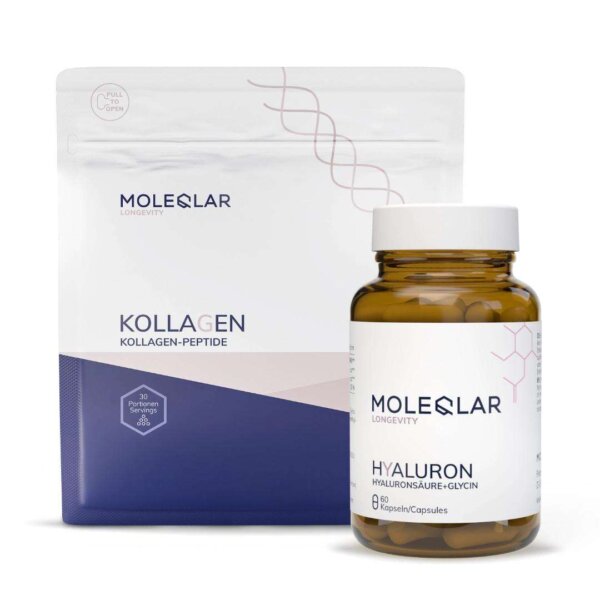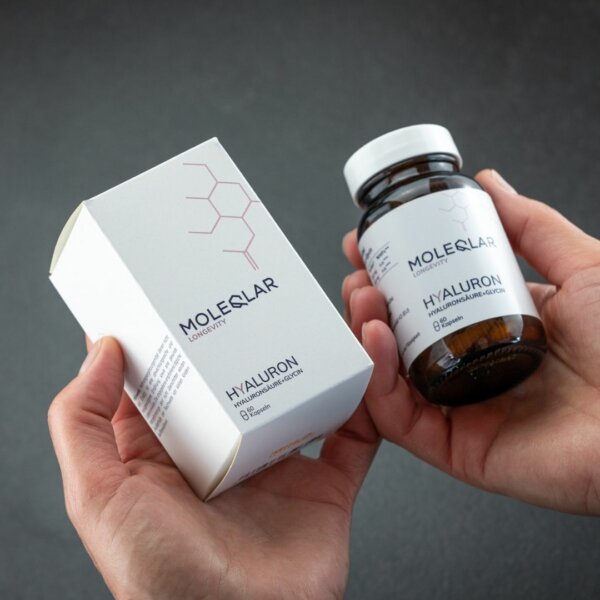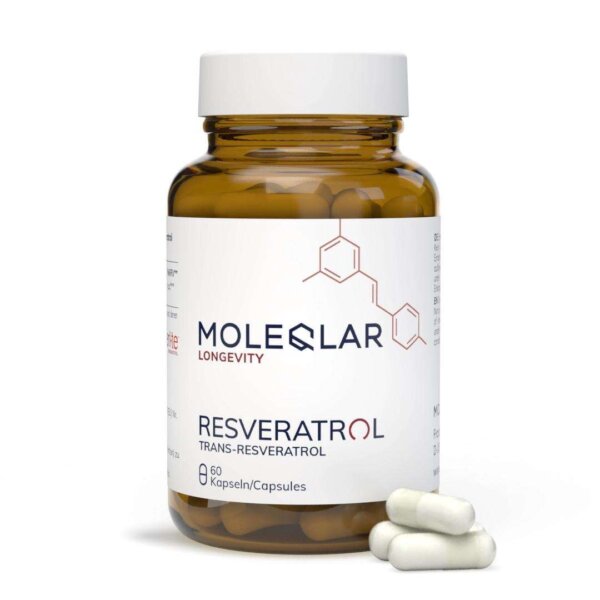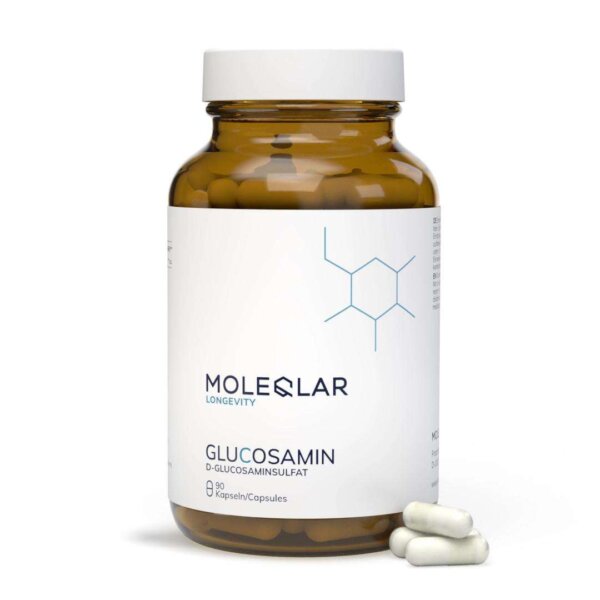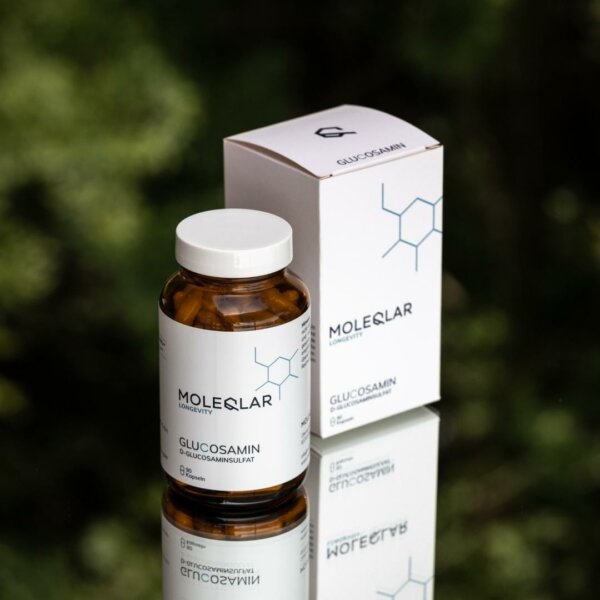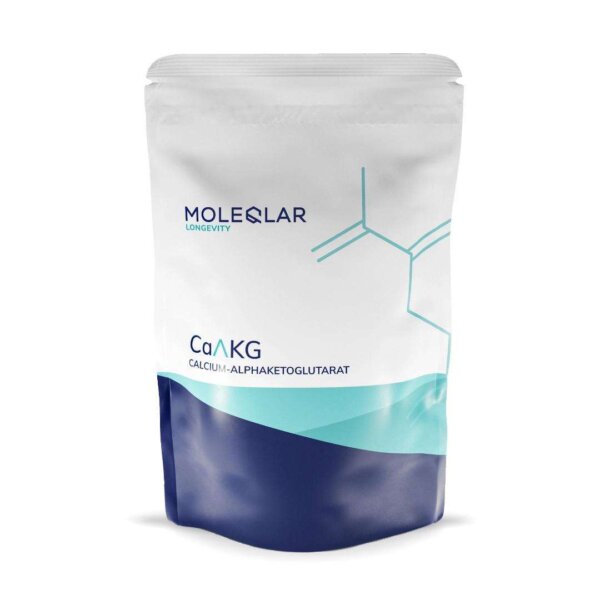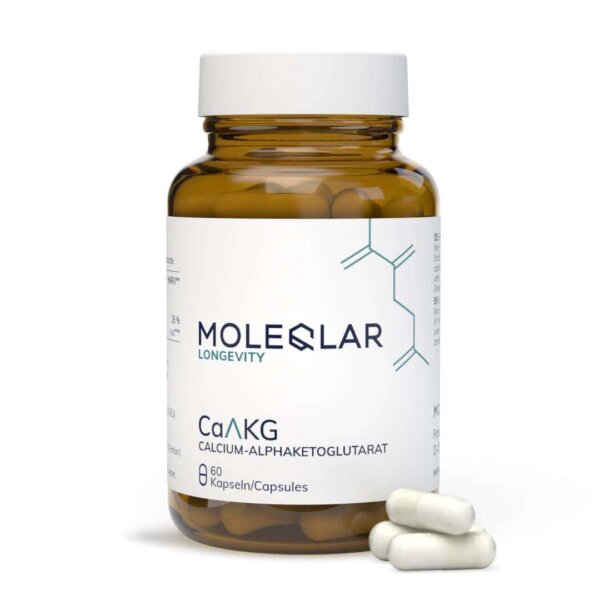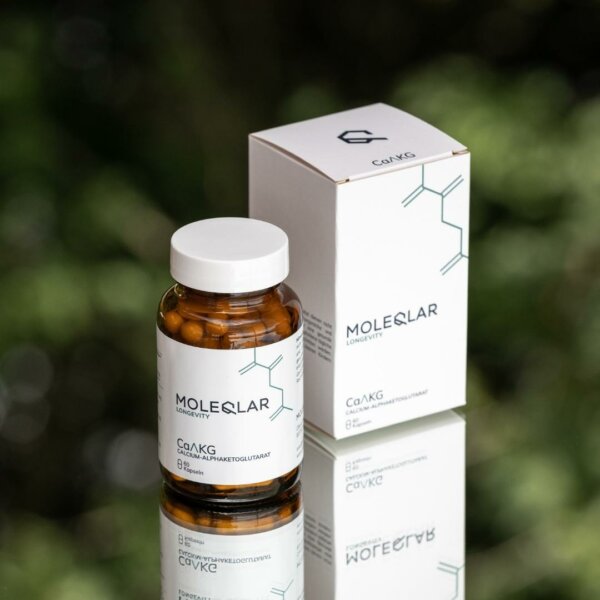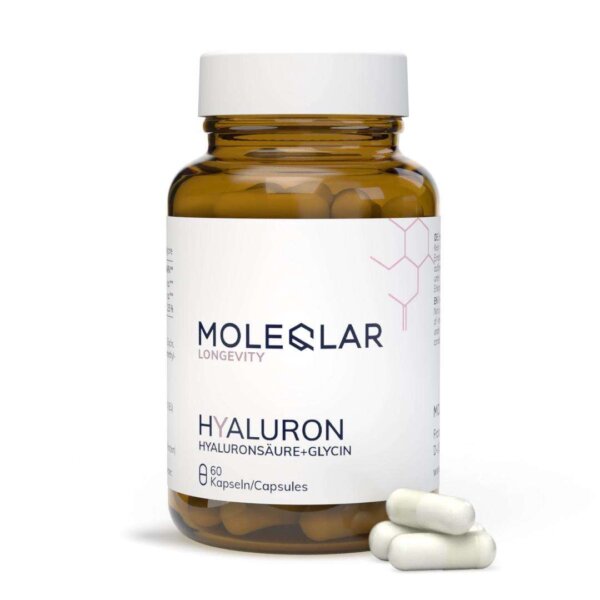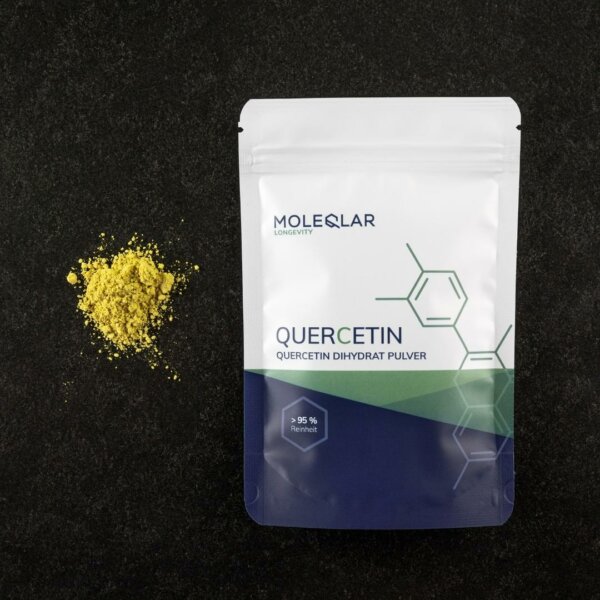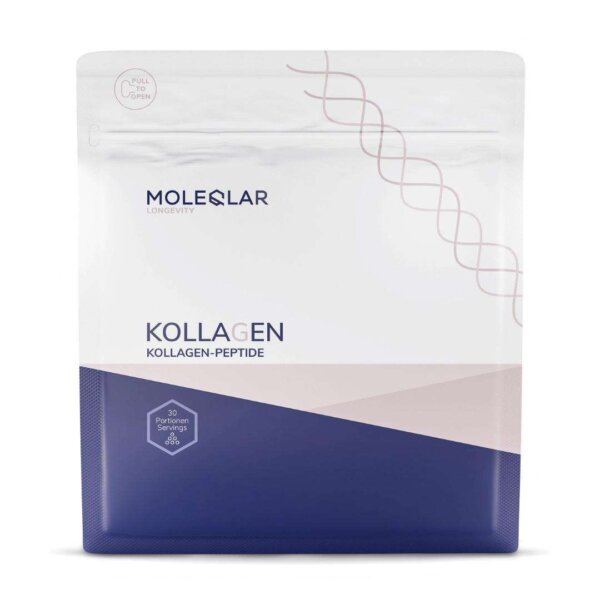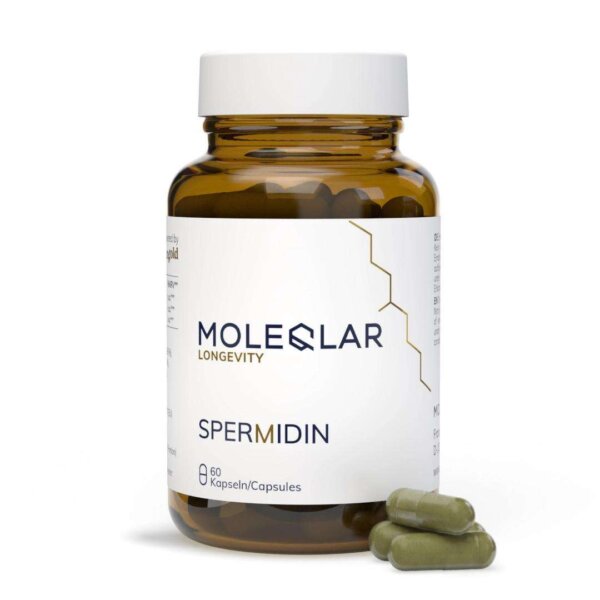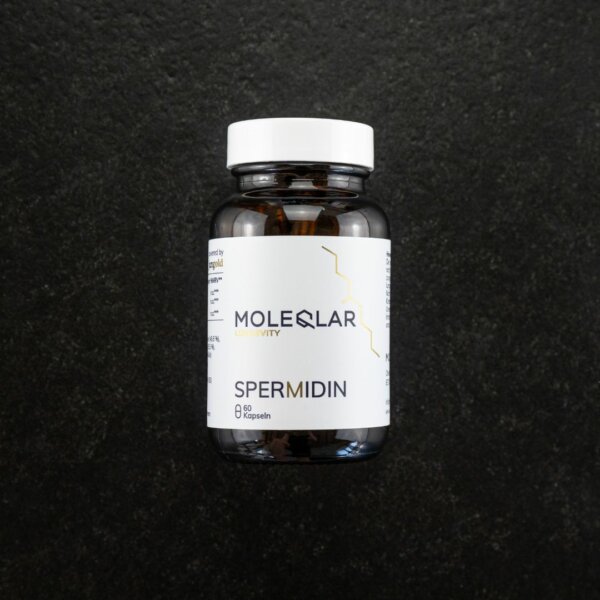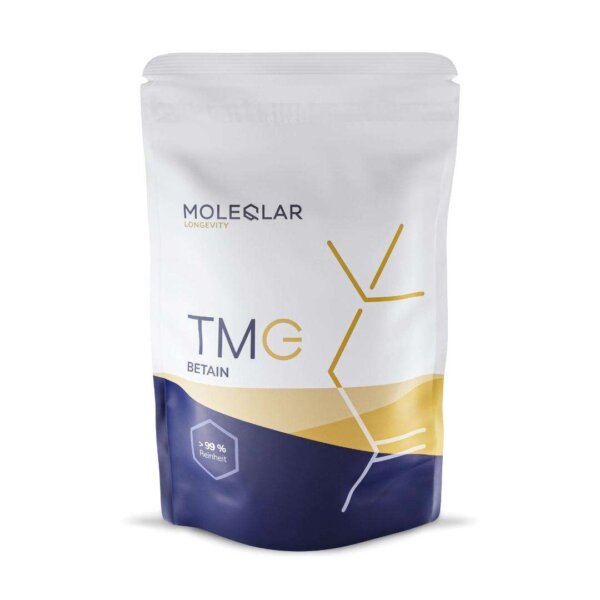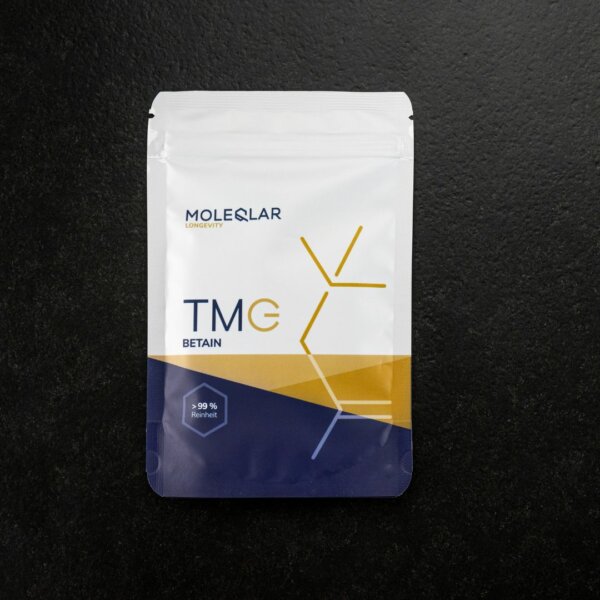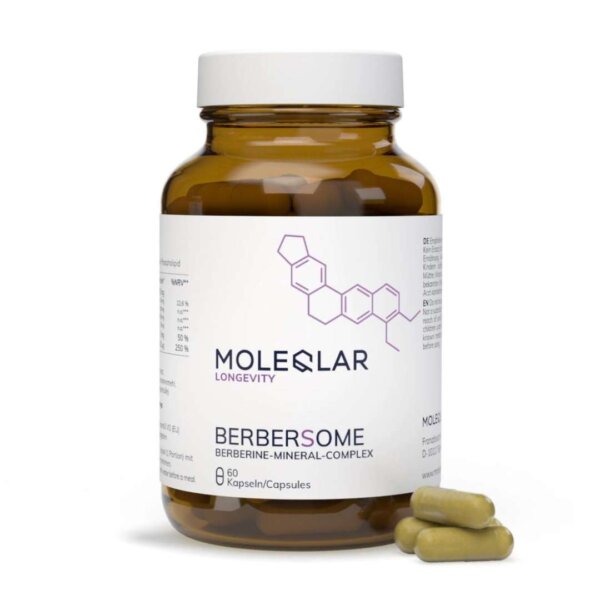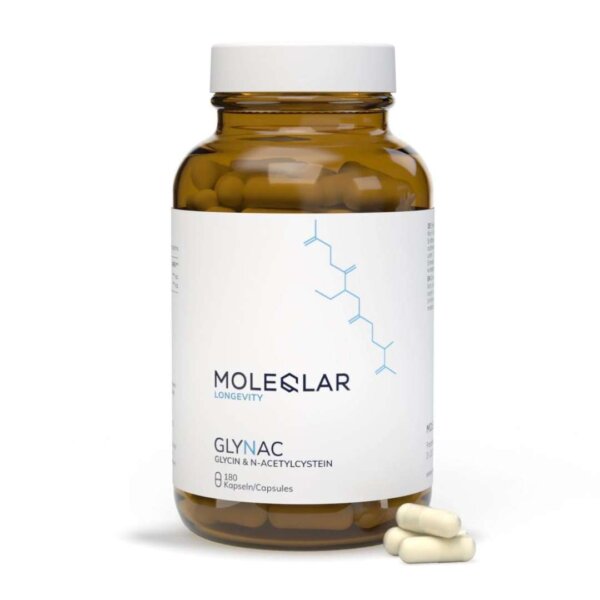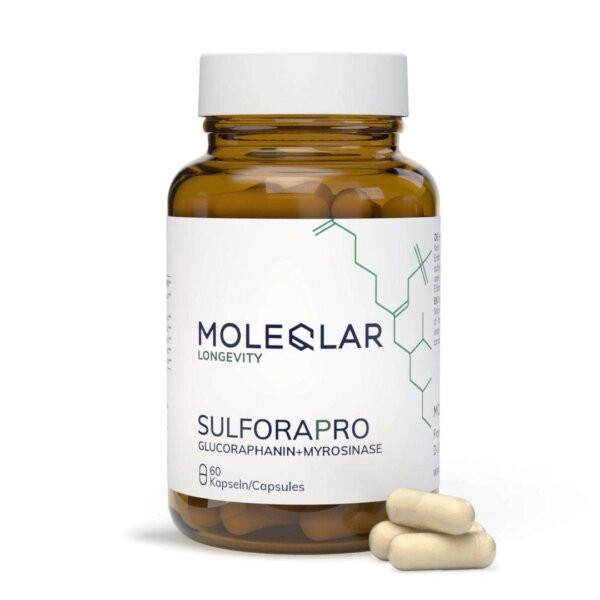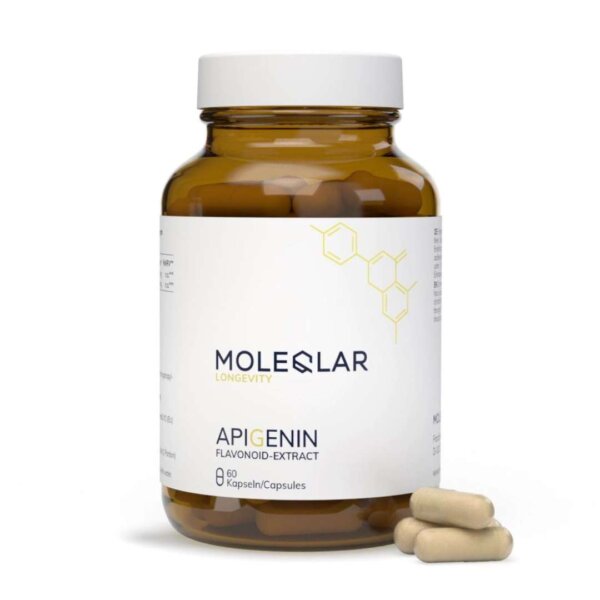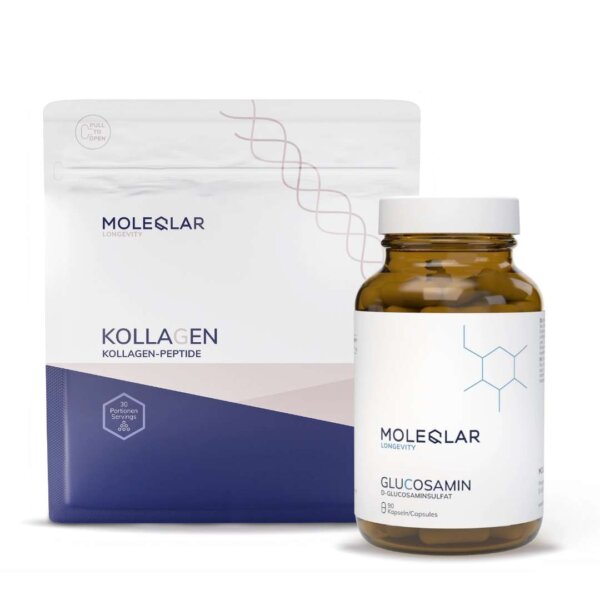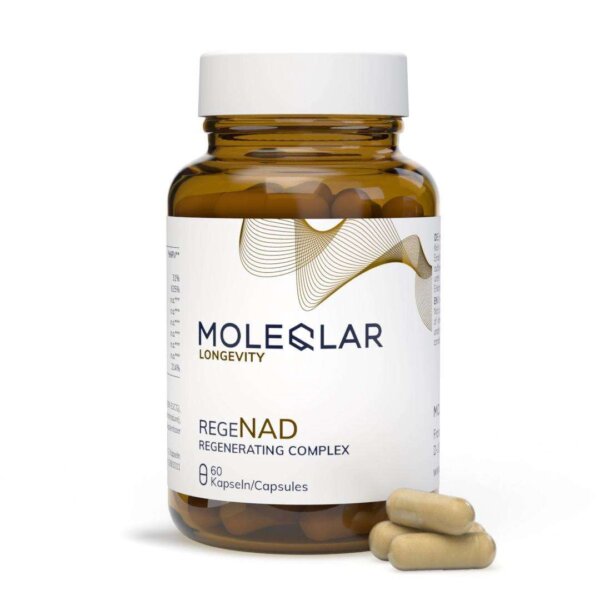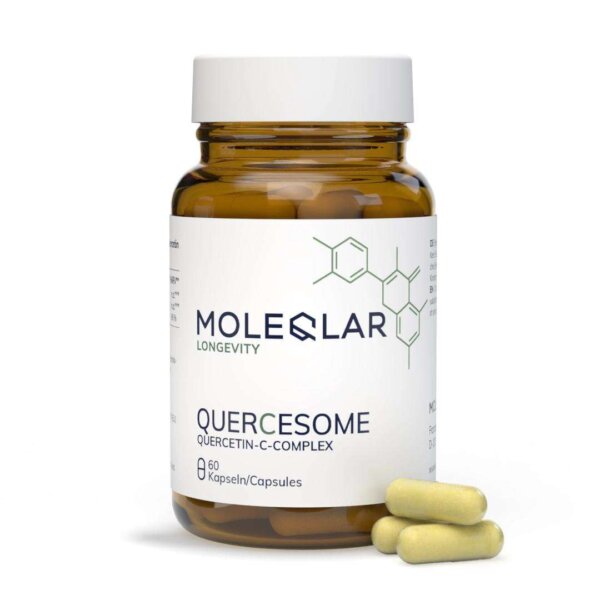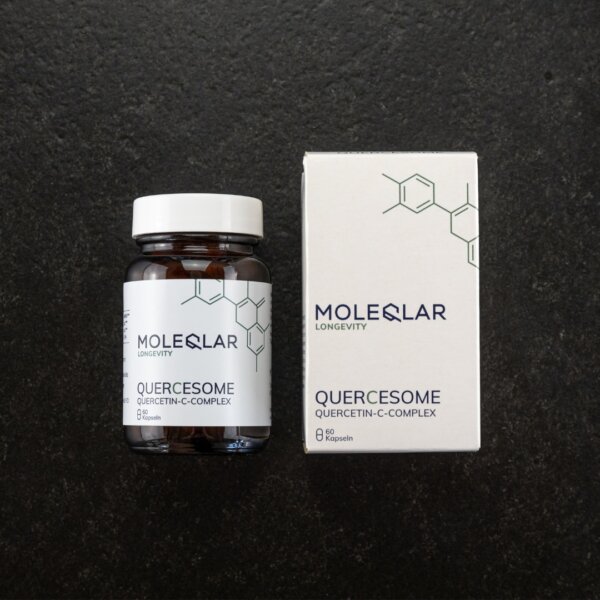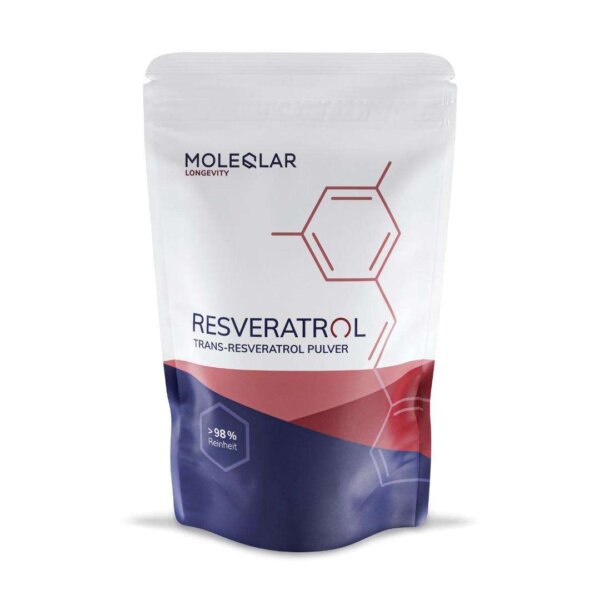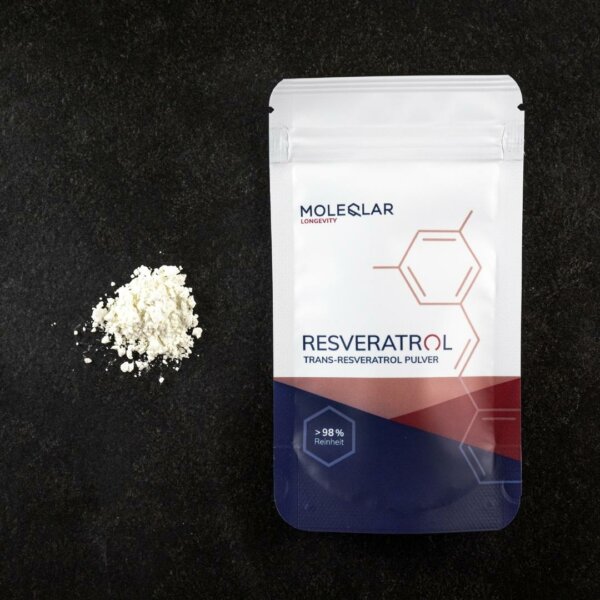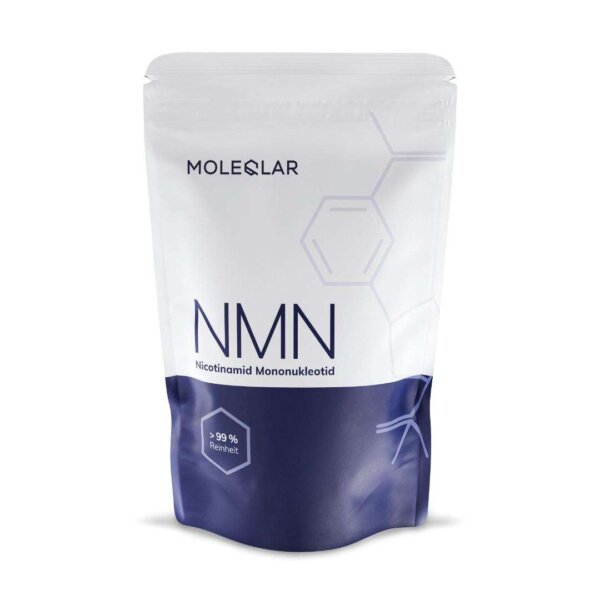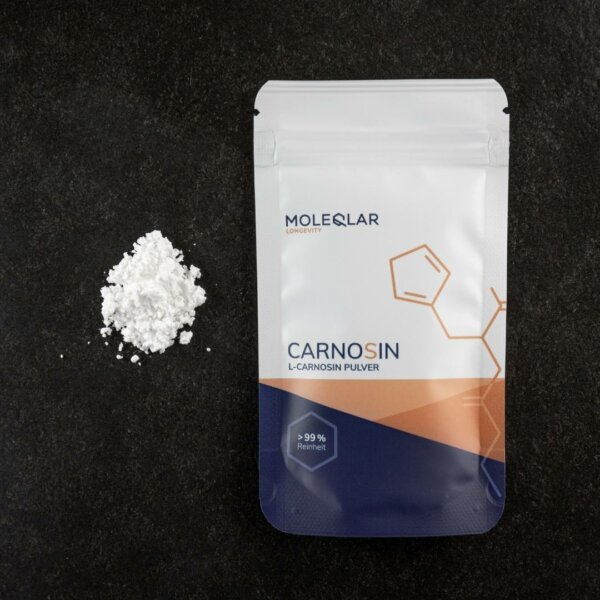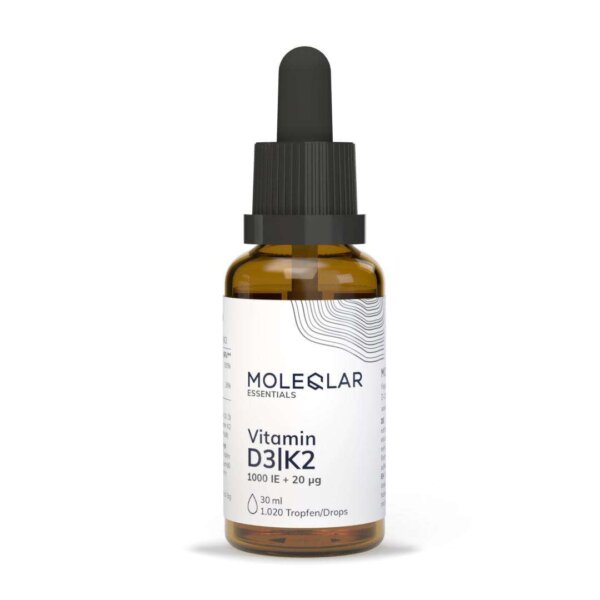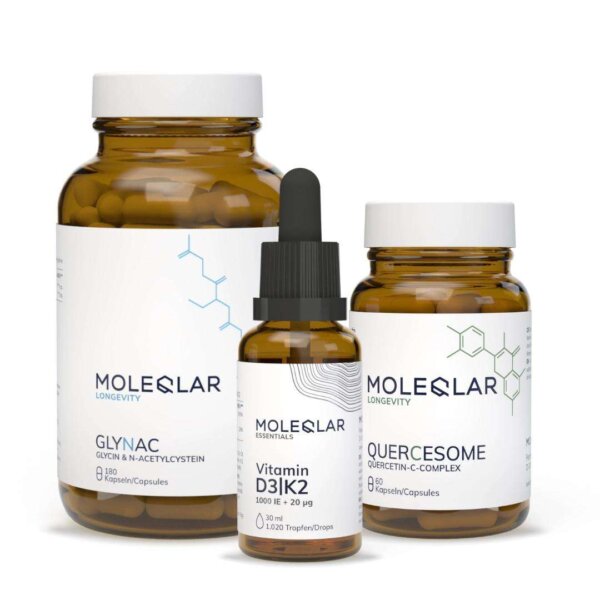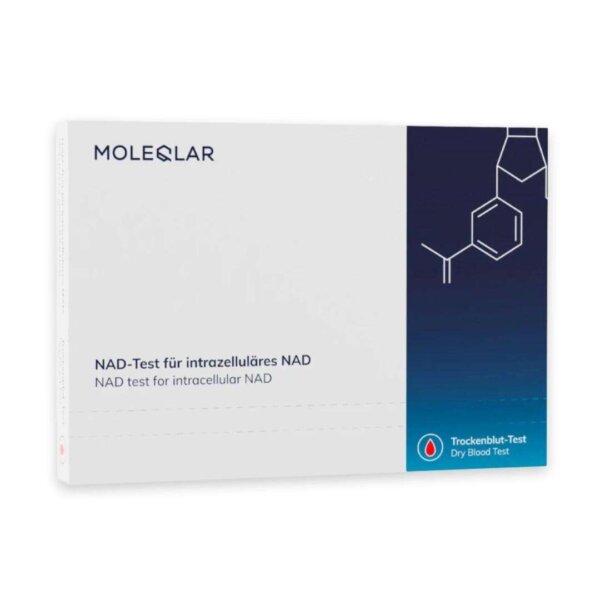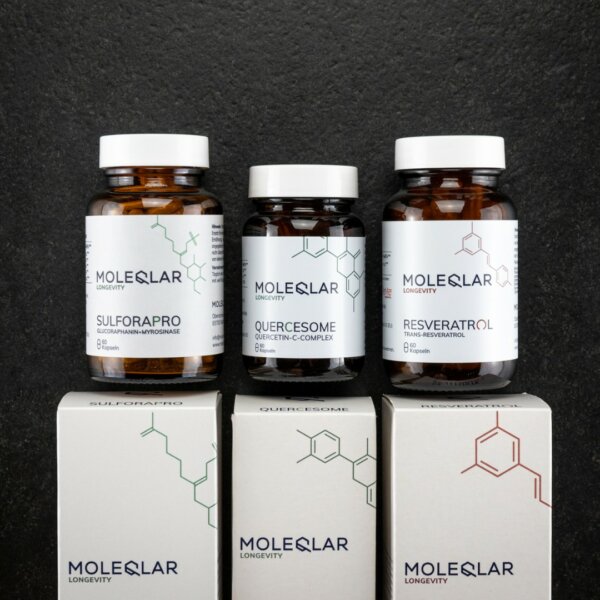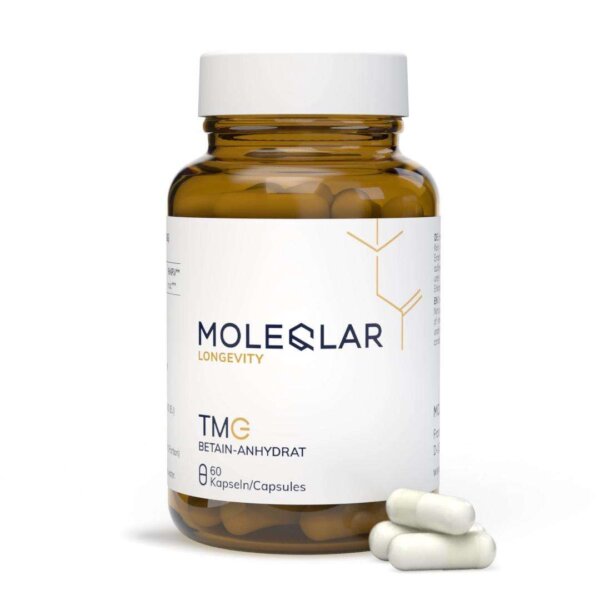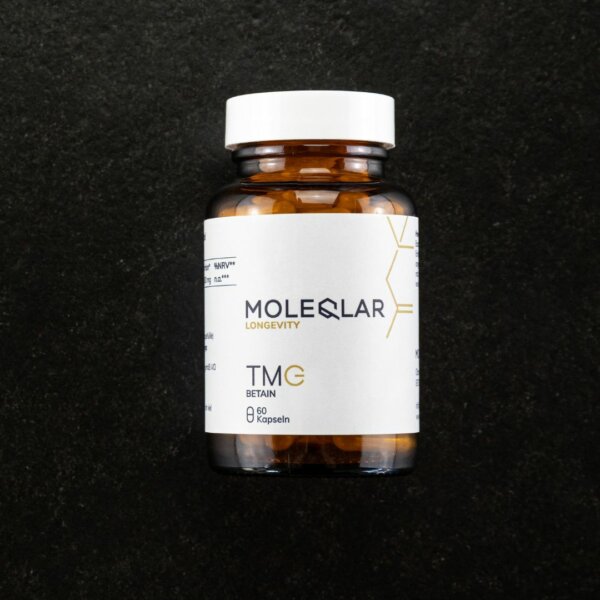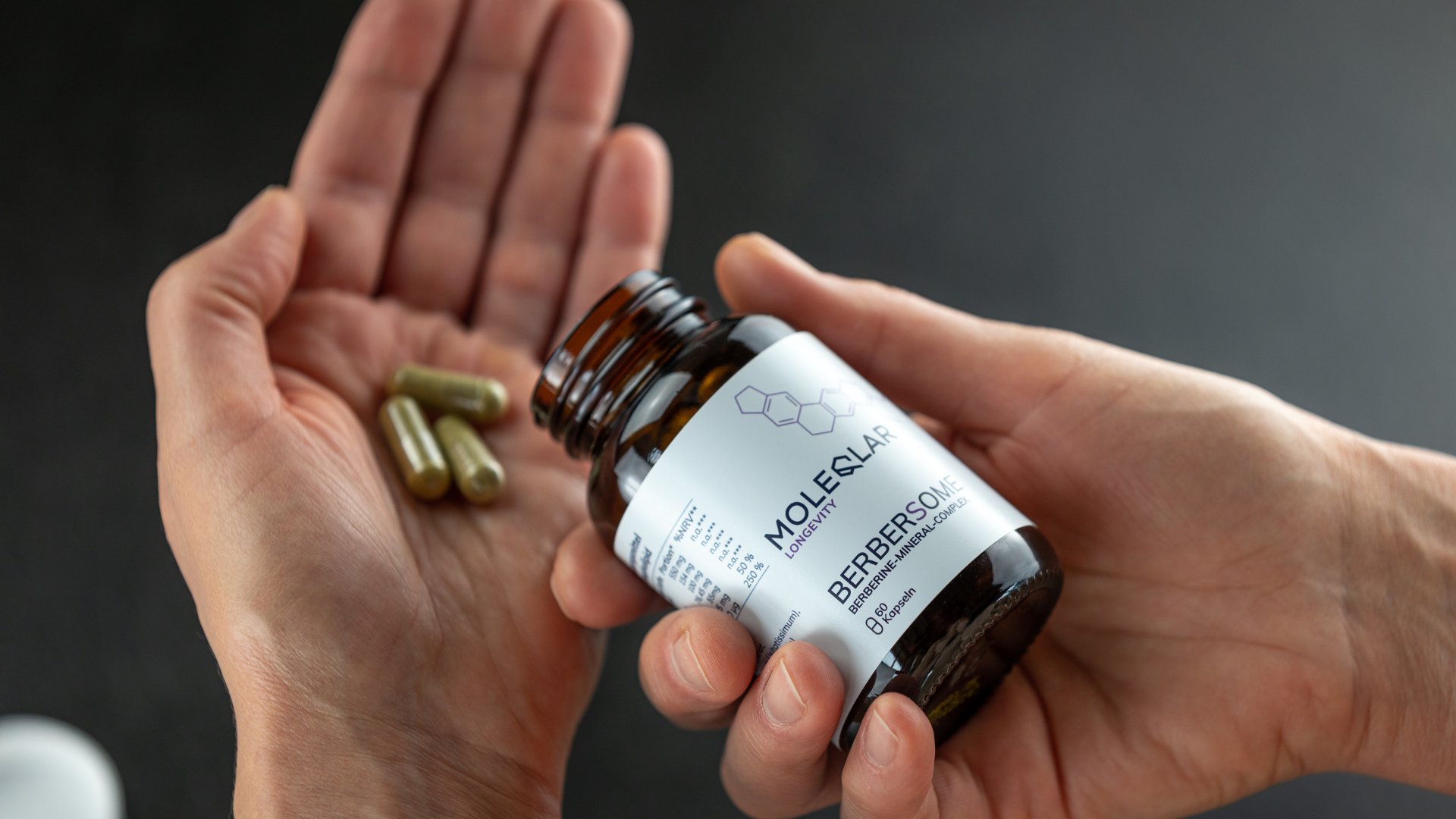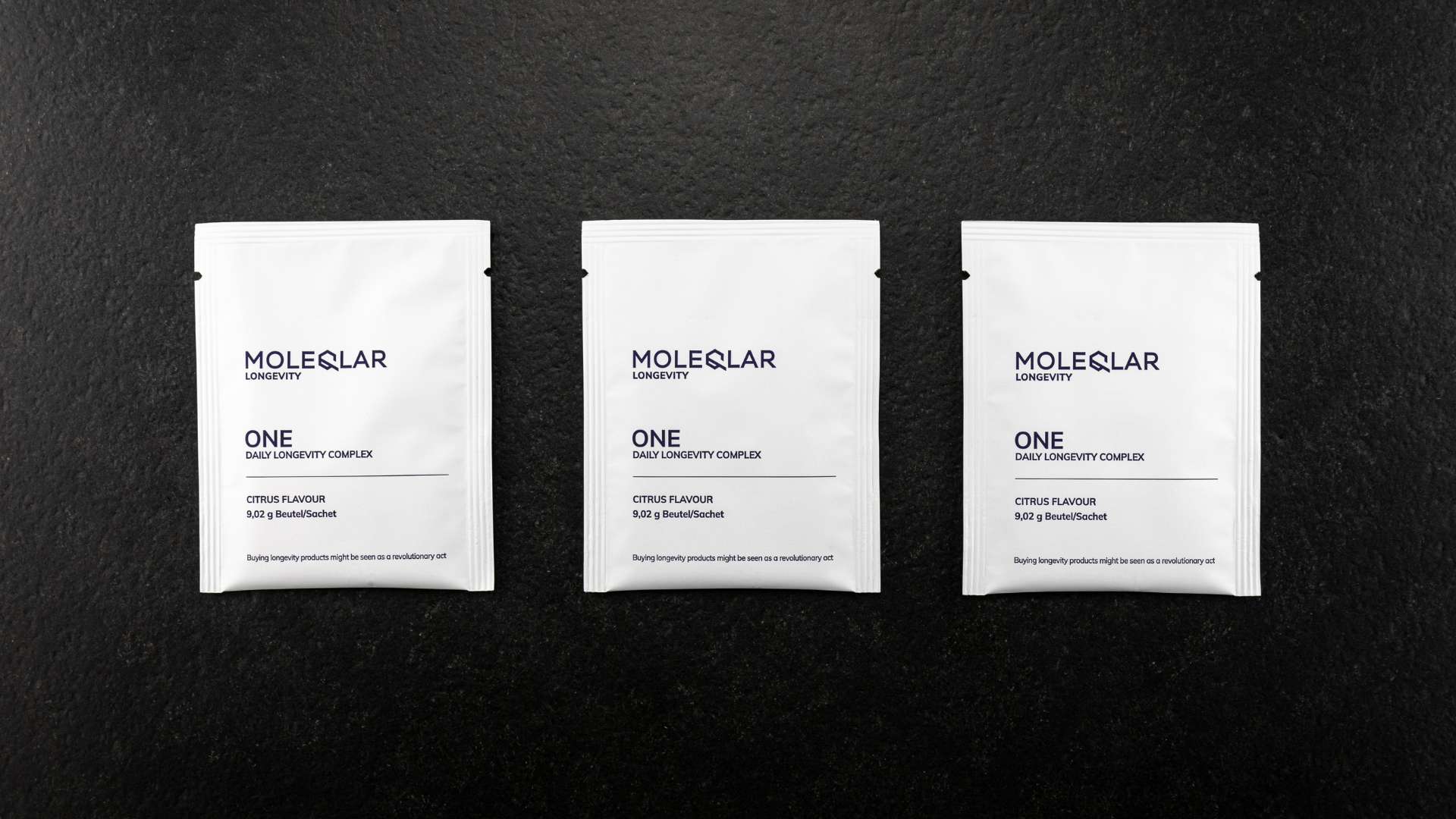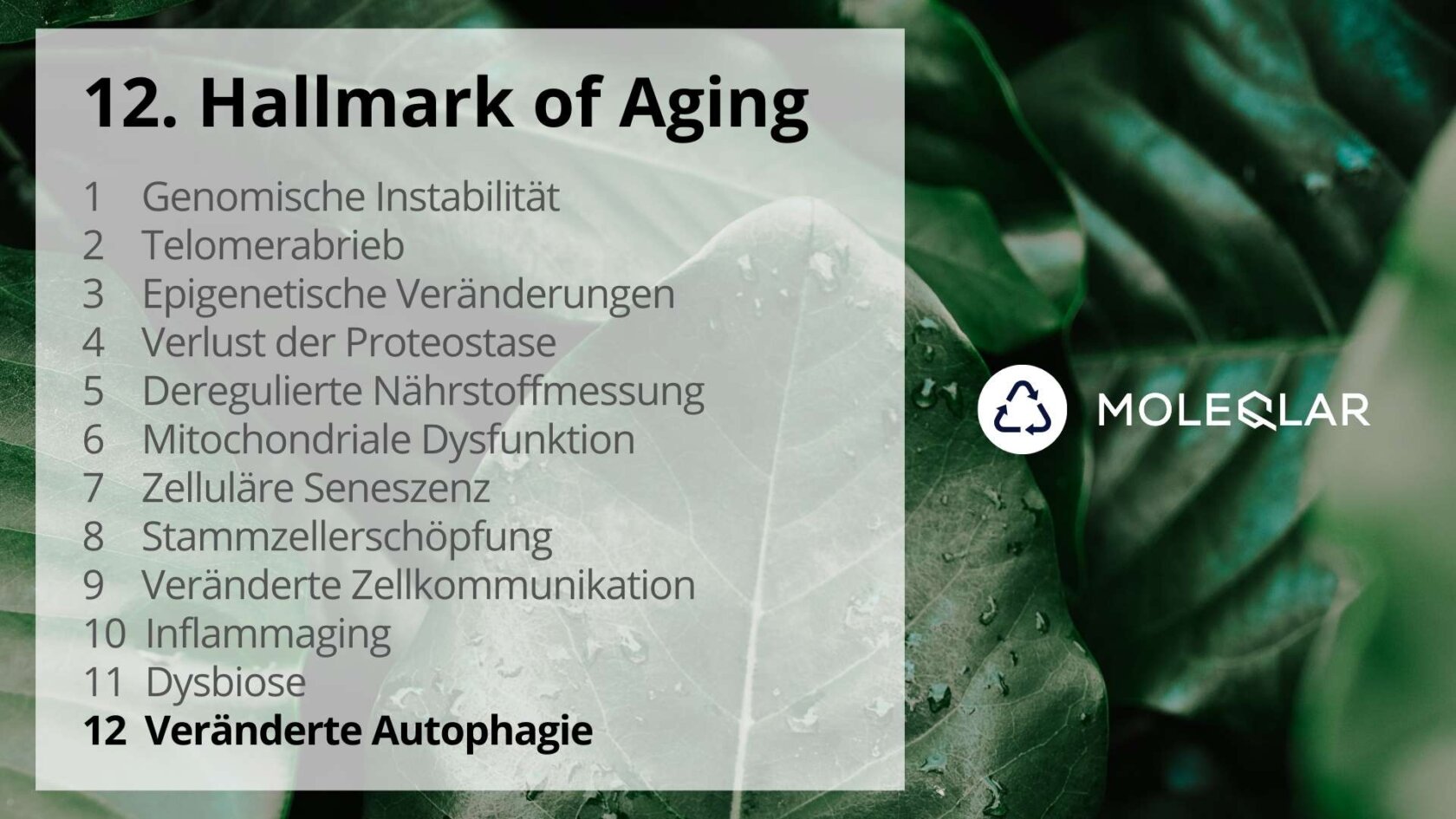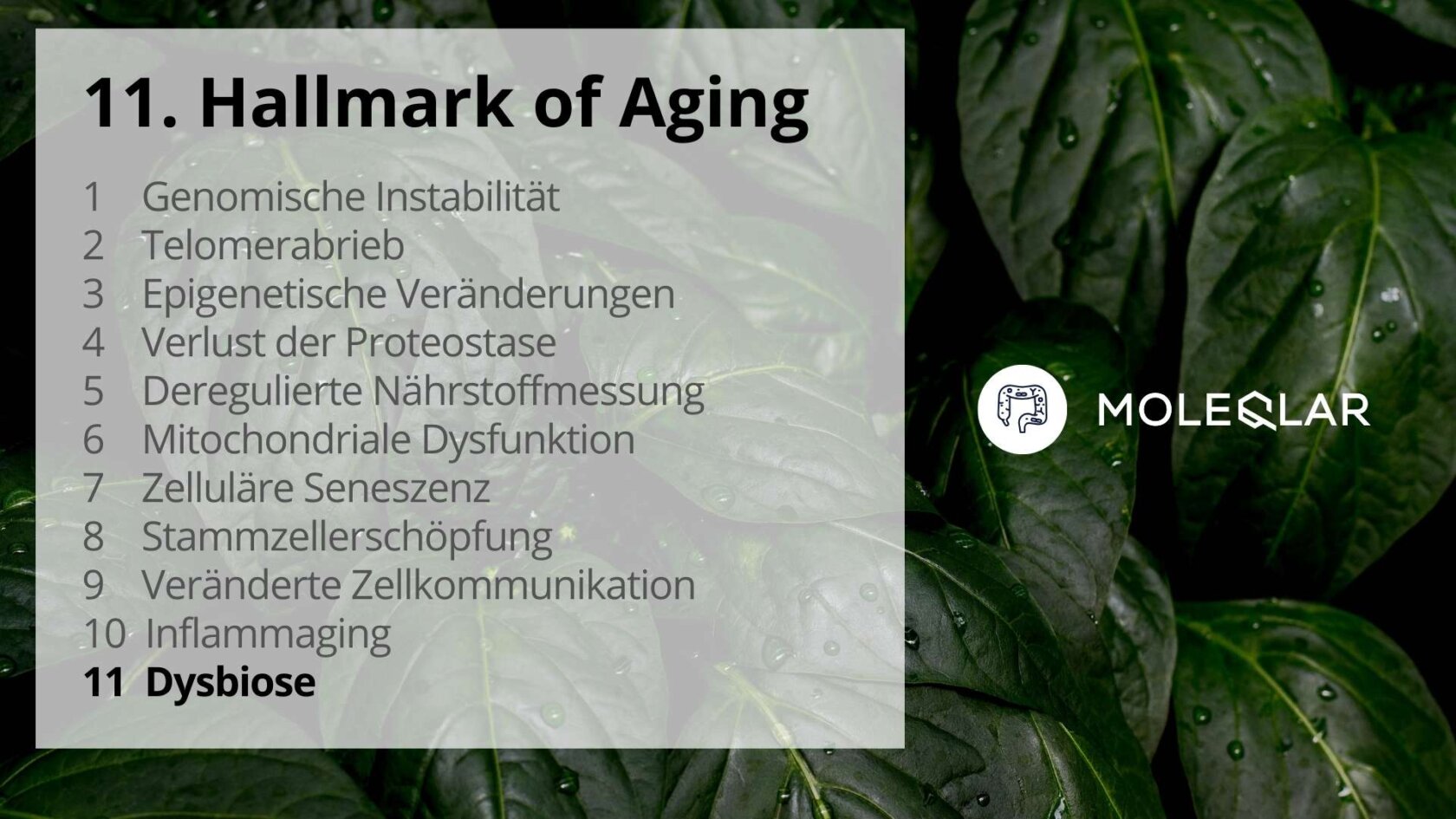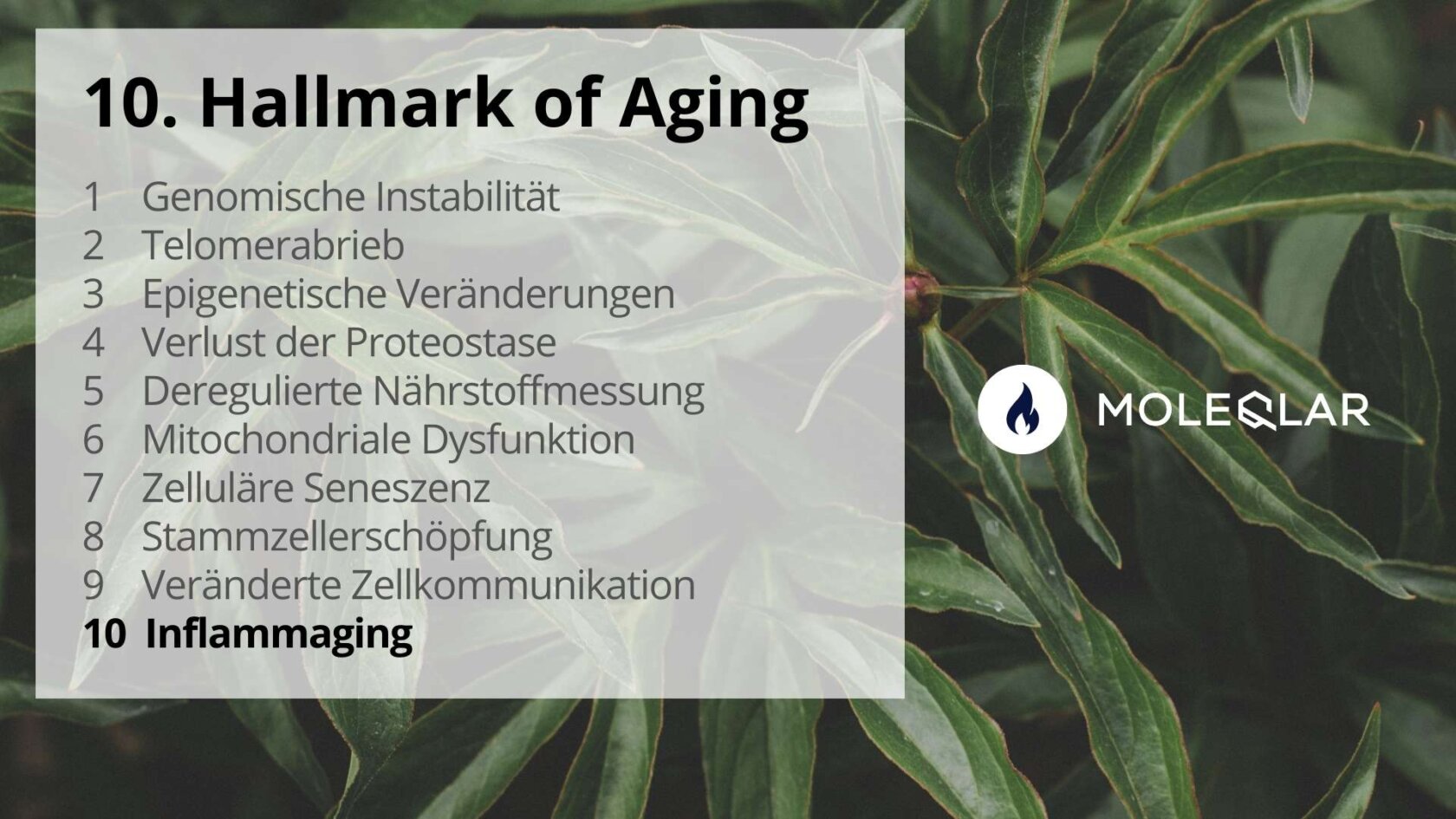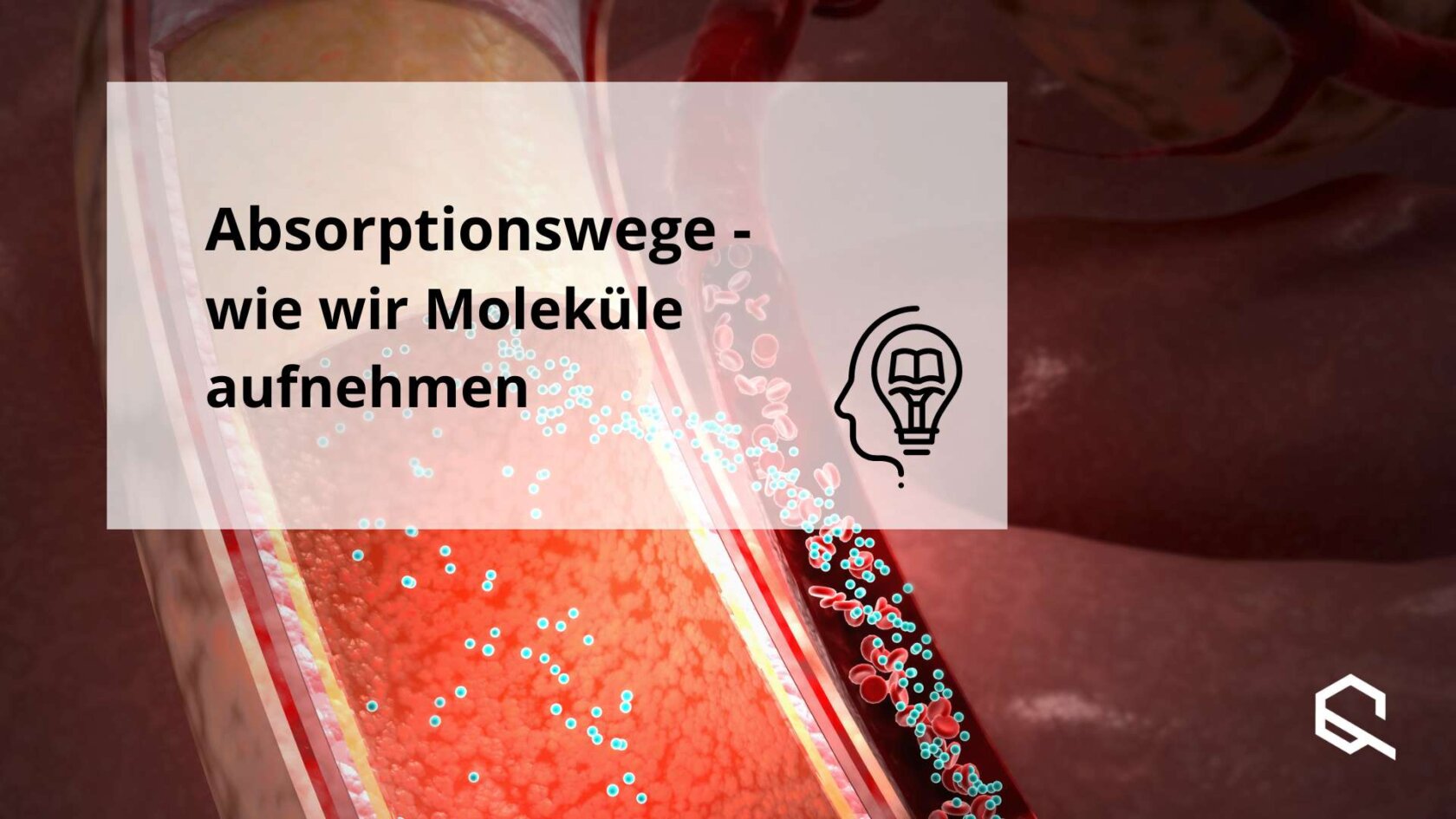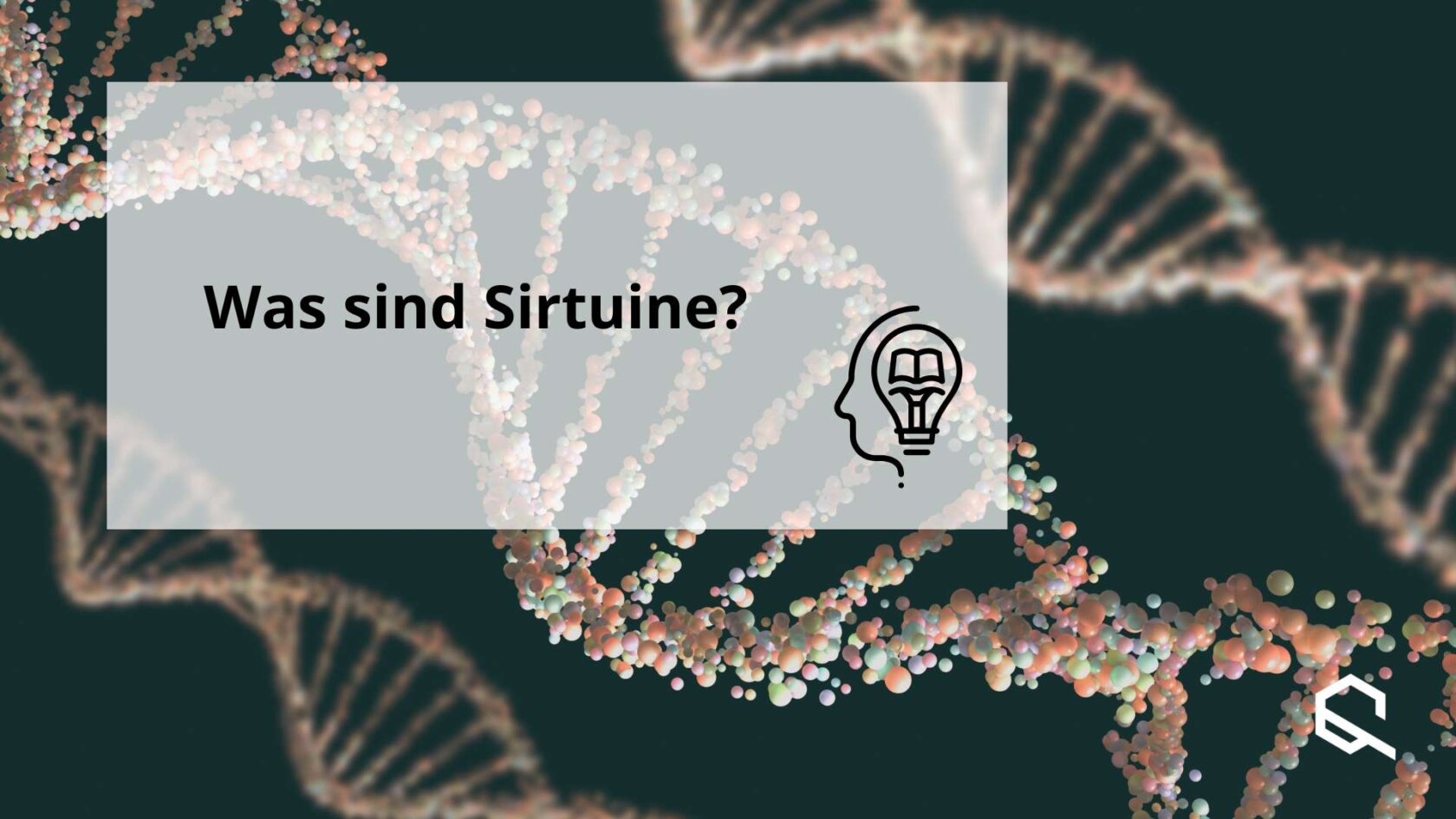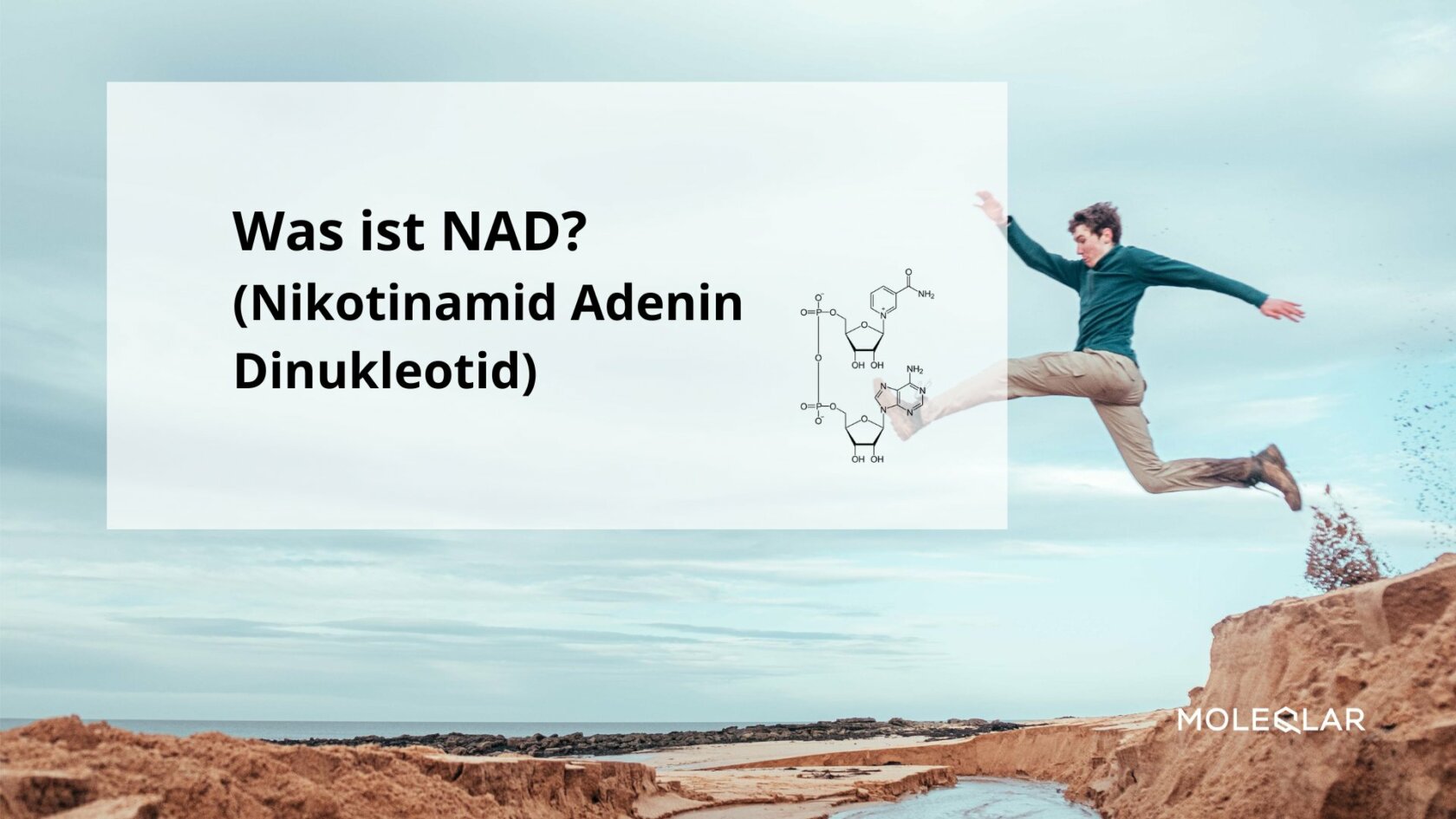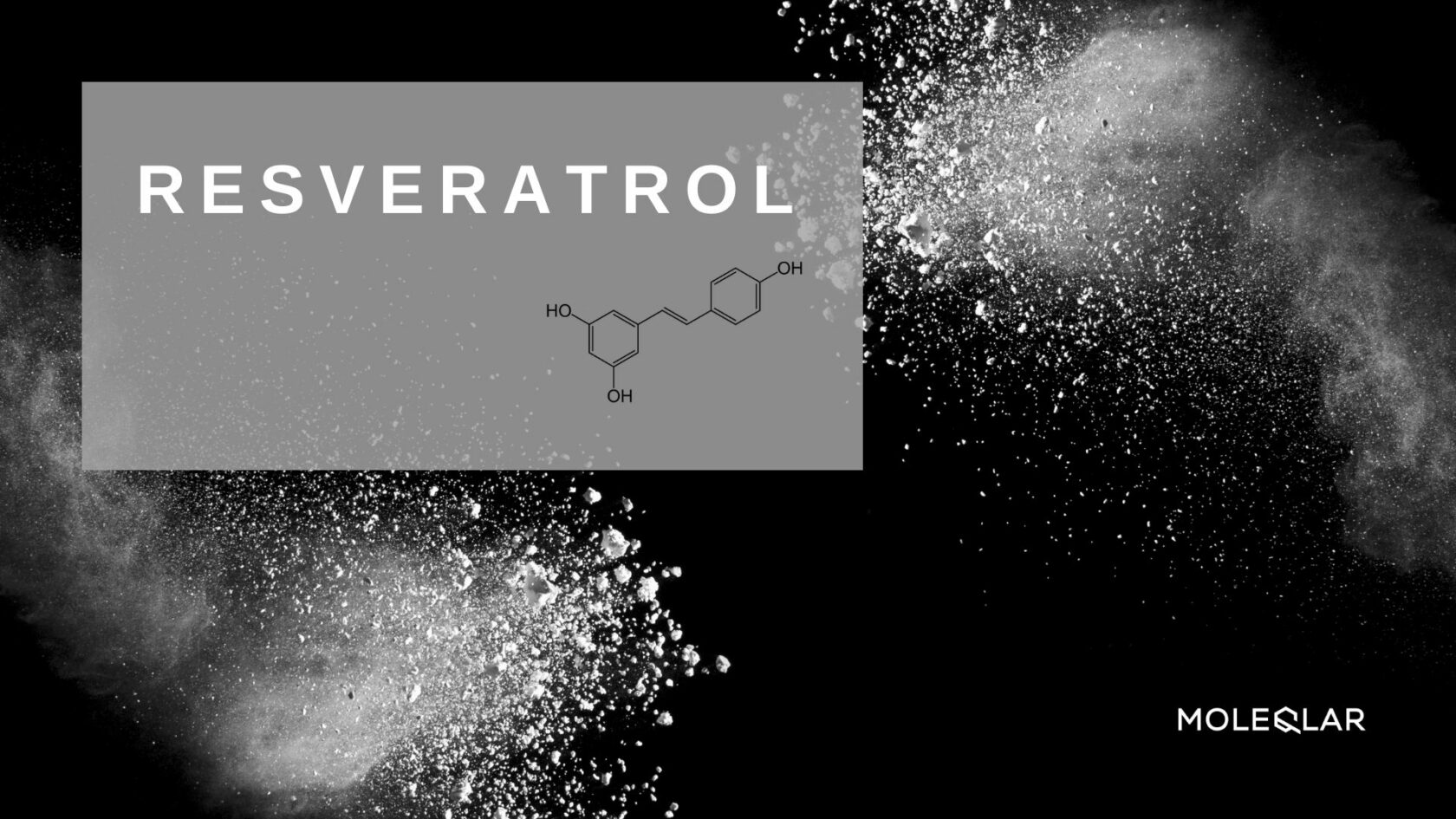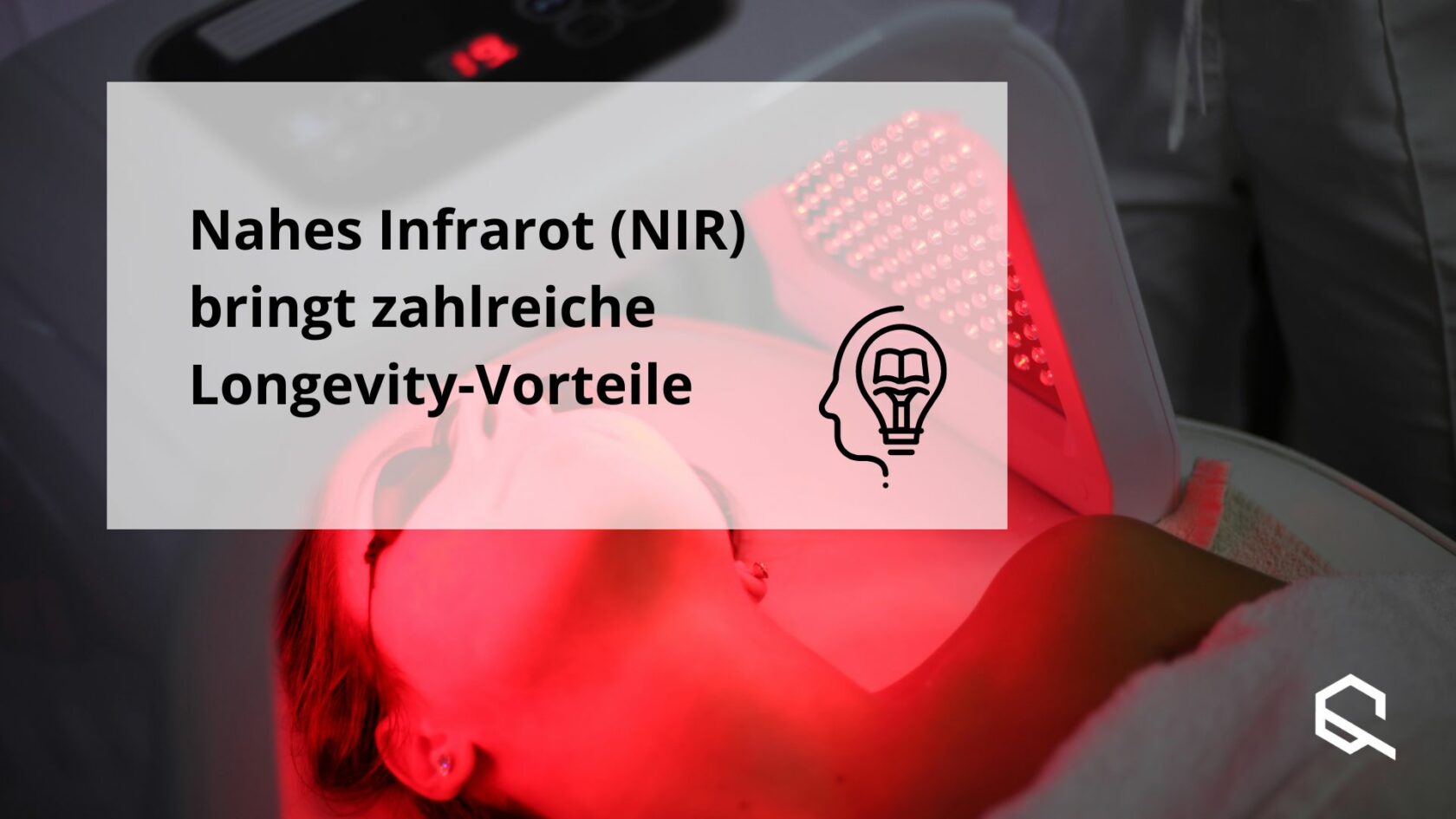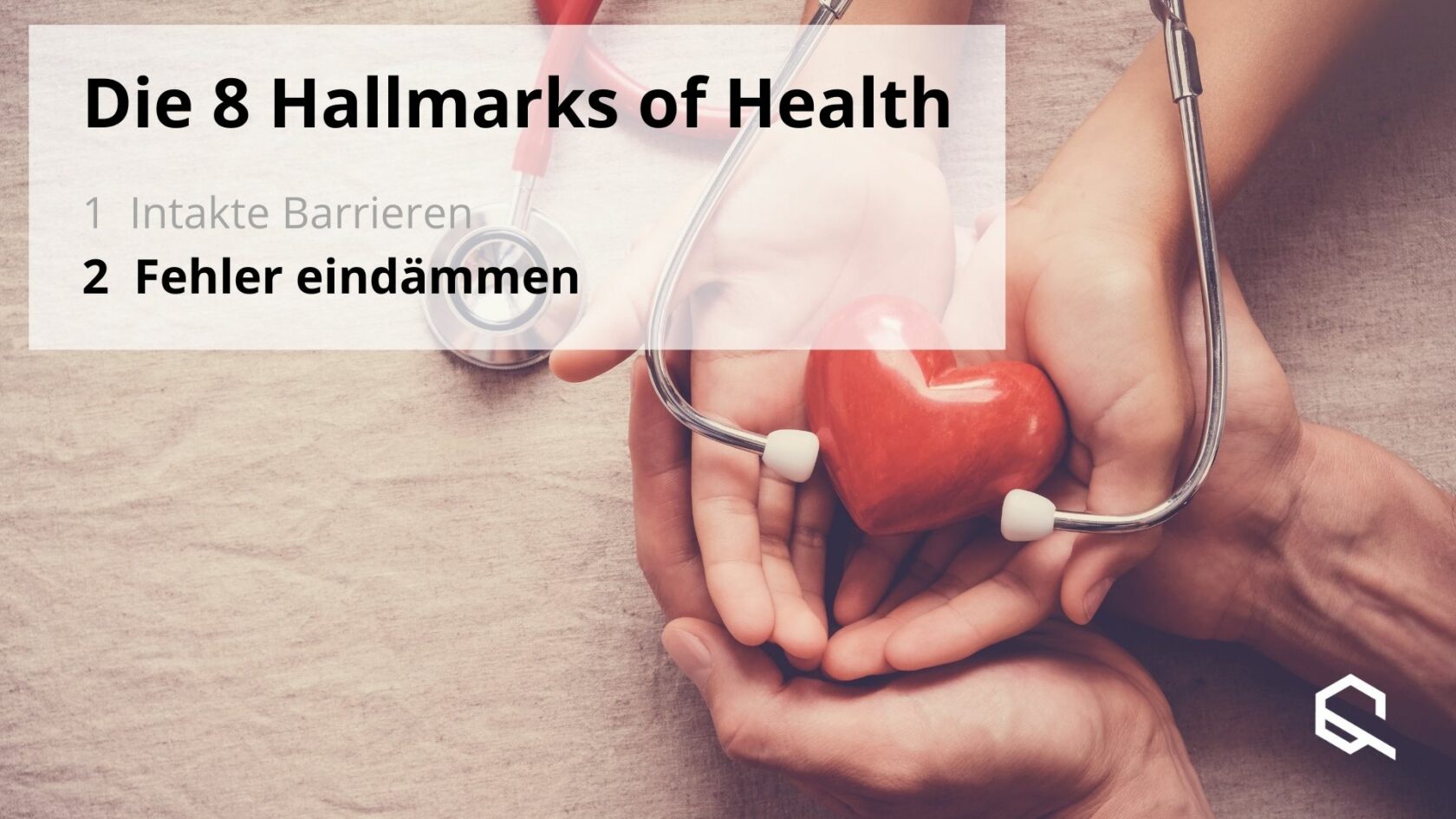Cells communicate with each other in the form of so-called messenger substances. In the brain, these can be dopamine, GABA or acetylcholine, for example. Immune cells use a different language and send out interleukins such as IL-6. All these transmitters ensure that the various cells in our body can work together. As we get older, however, communication becomes increasingly difficult and prone to errors. In this article, we use a few examples to show you what changes in our body and also give you a few tips from research on how to tackle the changes in intercellular communication.
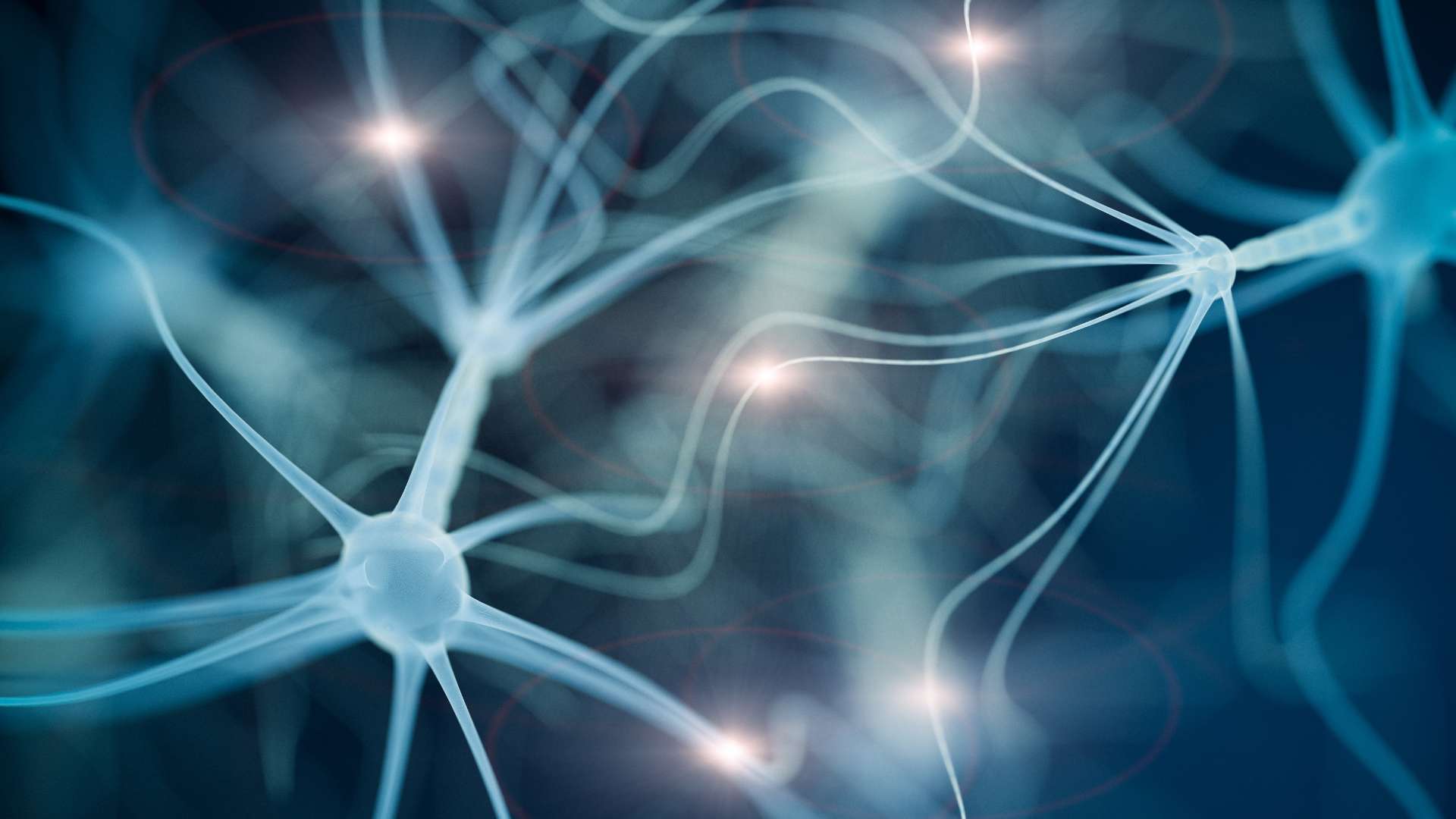
What do we mean by intercellular communication?
Before we start with this topic, we first need to clarify how cells communicate with each other. This is not as trivial as it might seem. If an immune cell suddenly detects an intruder on its patrol through our blood vessels, it can only communicate this by using special messenger substances.
To give you a more understandable example, let's take a quick look at how our body gets sugar into our cells. When we eat carbohydrate-rich foods, our blood sugar rises. These sugar molecules have to get into our cells, e.g. into the muscle cells, so that they can be converted into energy in the form of ATP with the help of the mitochondria.
However, the glucose molecules floating in our blood cannot get into the muscle cells on their own. Someone has to open the "door" for them first. This is done by the hormone insulin, which binds to the insulin receptor and thus unlocks the door for the glucose molecules. This allows the sugar to be quickly removed from the bloodstream and transported to its site of action after a meal. As you can see, there are different components to the language of the cells:
- The transmitter: In this case, the pancreas, which produces the hormone insulin and also releases it into the bloodstream
- The "language": Imagine that every hormone (insulin, testosterone, cortisol), every neurotransmitter (dopamine, noradrenaline) and every mediator (interleukins) represents a language of its own
- The receiver: In order for the spoken language to be understood, the receiver cells need receptors. Without these, a cell is insensitive to the signals, so it does not "understand" the language
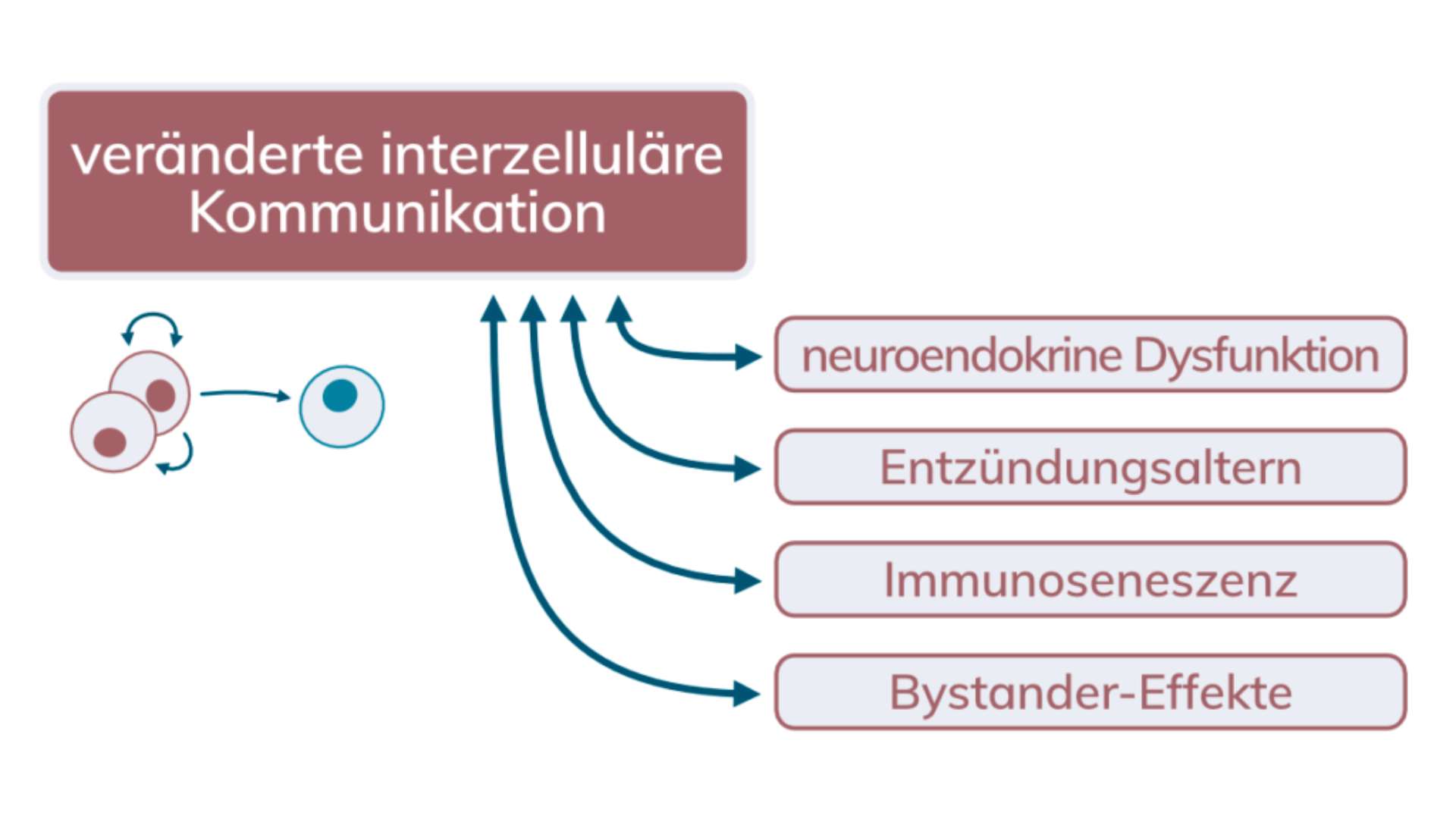
Insulin resistance - an aspect of altered intercellular communication
Let's stick with our example and look at how communication changes over the years. Let's assume you regularly eat too much and unfortunately your stressful everyday life hasn't really allowed you to exercise for years. What could happen now is one of the most common clinical pictures in Germany. Your cells become increasingly insulin-resistant.
To stay with this fictitious example: Whereas it used to be enough for your pancreas to release 10 units of insulin into the bloodstream after a plate of pasta, today you need 20 units for the same amount of pasta. The reason? Your insulin receptors have become less sensitive to insulin. They now need more messenger substances to react at all.
The nasty thing is that you won't notice it at first. Only when your pancreas exceeds its limit and the blood sugar level still doesn't go down will diabetes mellitus have manifested itself. You can find out more about this in our article on insulin resistance.

Altered cell communication - more than just sugar metabolism
Many processes in the body change with age, not just the sugar metabolism. Inflammaging is particularly noteworthy. This neologism, which consists of the two words "inflammation" and "aging", has been defined as a Hallmark of Aging in its own right, as it plays a crucial role in the ageing process.
Inflammatory processes are part of everyday life in our body. What we perceive as fever or swelling during an illness is in fact mass communication between immune cells. But it can also be much "quieter". For example, visceral adipose tissue secretes a number of hormones and inflammatory substances that are associated with all kinds of age-related diseases. This almost "silent" inflammation is one of the main aspects that appears to be responsible for some diseases in old age.
Did you know? As you have already seen, a healthy blood sugar metabolism is essential for healthy ageing. Especially in the early stages of insulin resistance, two other substances can help you in addition to a change in diet, exercise and fasting. Berberine is a naturally occurring substance found in barberry and works in a similar way to the diabetes medication metformin.
And inositol, which has been shown in clinical studies to improve blood sugar control in women with PCO syndrome. Inositol can also be found in our innovatively formulated MoleQlar ONE.
Sirtuins take hold
When we talk about inflammation, our family of longevity genes is not far from the scene. We are of course talking about the sirtuins, a gene family with seven members (see also Longevity pathways). Several studies have shown that SIRT1 can downregulate inflammatory genes via NF-kB, among other things.
Drug-induced activation of SIRT1 confirmed this finding, while a reduction resulted in the development and progression of inflammatory diseases. SIRT2 and SIRT6 perform similarly, albeit partly via different molecular pathways. However, the complex structure of intercellular communication extends beyond inflammation.

The bystander effect: intercellular communication also works differently
"The probability of providing help (prosocial behavior) to people in an emergency situation decreases with the number of people present in this situation" is how the Dorsch Dictionary of Psychology describes the term bystander effect. All well and good, but what does this have to do with intercellular communication and ageing?
The phenomenon that age-related changes in one tissue lead to age-specific changes in other tissues falls under the molecular biological concept of the bystander effect. Let's imagine that one immune cell "encourages" another to do nothing with the next bacterium, but just watch. That's also somehow a form of spreading bystander effect, isn't it? In this respect, psychology and molecular biology are more closely interwoven than you might think.
In addition to inflammatory messenger substances, there are other examples of "contagious ageing". Senescent cells can trigger senescence in other, still healthy cells via direct contact. Among other things, free radicals (ROS) are involved in this process (see mitochondrial dysfunction). Impaired kidney function can also increase the risk of heart disease in humans.
However, this bystander effect also has a positive side, because it also works backwards, as studies have shown. Interventions to extend lifespan that target one tissue can delay the ageing process in other tissues. Molecular biology is ahead of psychology in this respect!
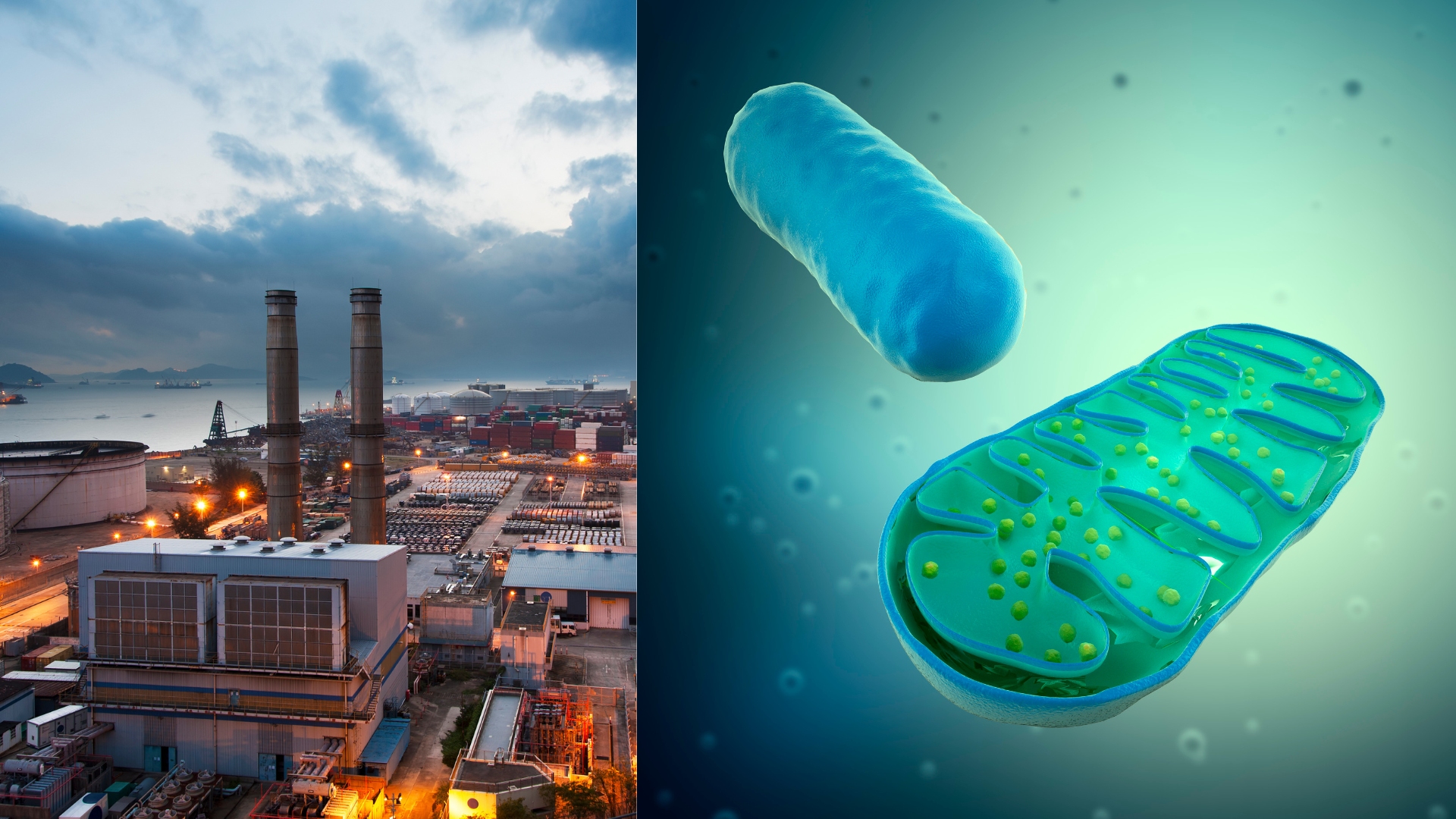
Restoration of defective intercellular communication
We have now heard a lot about how faulty intercellular communication occurs. Time to think about how to prevent it. That's exactly what research has been thinking about.
There are various ways of restoring communication. Of particular relevance here are various fasting methods to extend healthy lifespan and also the transfer of systemic factors isolated from blood. In addition, the administration of anti-inflammatory agents such as acetylsalicylic acid (ASA) has been shown to increase life expectancy in mice.
The intestinal microbiome is very exciting and still comparatively unexplored. It is known that the gut microbiome influences the function of the immune system and the metabolism. It therefore appears to be possible to extend the human lifespan by changing the composition of the intestinal bacterial ecosystem. More on this can be found in the article on the 11th Hallmark of Aging.
Threat and resource
There is convincing evidence that ageing goes beyond the cell-autonomous level. There is a generalized change in communication between cells, which fortunately also offers opportunities for intervention. Similar to stem cell exhaustion, many hallmarks of ageing have altered intercellular communication as their final pathway.
The small upheavals at the level of the individual cell caused by genomic instability or telomere shortening result in a general reaction that sometimes brings benefits and sometimes damage. As we age, the balance shifts increasingly towards harm.
However, the bystander effect also shows that the adaptability of the body in old age can be both a threat and a resource. The question remains how we can make concrete use of this resource. Research still owes us this answer.
Altered intercellular communication - Conclusion
Every day, our cells communicate with each other in a wide variety of languages, completely unnoticed by us. It is only in old age, when the changes in intercellular communication become noticeable, that we feel some of the consequences. Depending on which cells are affected, we can already do something about it today. Particularly with regard to insulin resistance, there is very good data that sufficient exercise, a healthy diet, fasting and dietary supplements, such as berberine, can reverse insulin resistance.
The next article in this series deals with the tenth hallmark of ageing: inflammaging.
Literature
- López-Otín, Carlos et al. "Hallmarks of aging: An expanding universe." Cell vol. 186.2 (2023): 243-278. link
- Hall, Eric J. "The bystander effect." Health physics vol. 85.1 (2003): 31-5. link
- Abdul-Ghani, Muhammad A, and Ralph A DeFronzo. "Pathogenesis of insulin resistance in skeletal muscle." Journal of biomedicine & biotechnology vol. 2010 (2010): 476279. link
- Roberts, Christian K et al. "Metabolic syndrome and insulin resistance: underlying causes and modification by exercise training." Comprehensive Physiology vol. 3,1 (2013): 1-58. link
Graphics
The images were purchased under licence from Canva.






